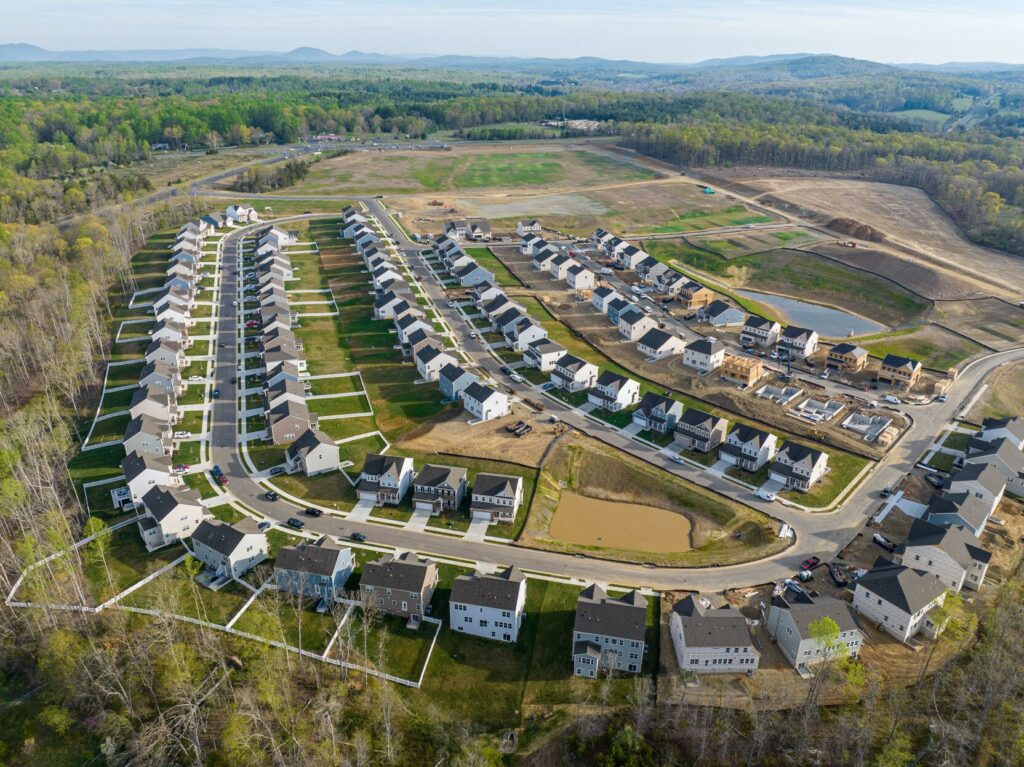In big cities, small towns and rolling Piedmont counties like Rappahannock, Culpeper and Fauquier, homes have become scarcer, costlier and more likely to be beyond the financial reach of many residents communities value and count on — teachers, health aides, elderly on fixed incomes and young adults.
Ordinary households are devoting an ever higher share of their income to securing shelter, often accepting longer commutes and structural shortcomings in exchange for an affordable mortgage or rent. And because the strains have become persistent, even in a time of active job creation, experts and policymakers are concluding that for now at least, the housing market is failing many working citizens.
“There’s a demand [for housing] that exceeds the supply across income levels,” said Patrick L. Mauney, executive director of the Rappahannock Rapidan Regional Commission, which studied housing in five Piedmont counties in 2022. He added: “When there’s a lack of supply, people end up paying more.”
Families just stepping onto the housing escalator are another group that is especially pinched, partly because home builders increasingly build big. In 2020, builders across the United States completed only 65,000 entry-level homes (those up to 1,400 square feet) — less than one fifth of those completed in the late 1970s and early 1980s.
At Clevengers Corner, at the intersection of Rappahannock, Culpeper and Fauquier counties, a development called Stonehaven with more than 770 homes rises on former woodland. In February, there were four available homes for sale at well-beyond-affordable prices ranging from $619,690 to $820,290.
Virginia Realtors, representing 38,000 real estate agents in the state, issued a year-end report that underscores the problem: 98,464 Virginia homes sold across the state in 2023, a 20% drop from 2022, and the lowest sales total since 2014. Costly mortgages partly explain the falloff in home sales, but the main culprit was low inventory. Meanwhile, house prices rose briskly through the year, culminating with a median Virginia home price of $382,725 in December, about $24,000 higher than a year earlier.
Lower interest rates could stimulate more building soon, but at the end of 2023, the housing pipeline was anything but robust. From January through November last year, Virginia’s builders had obtained 32,871 building permits – 9.7% lower than the previous year.
Conservatives and progressives alike are troubled by the housing squeeze.
Virginia’s Republican Governor Glenn Youngkin warned that the state’s housing shortfall will undercut efforts to attract business and investment. Launching his “Make Virginia Home” campaign last year, he called for local governments to clear away layers of zoning and environmental regulations that stymie homebuilding.
This year he is summoning housing experts, policymakers and affordable housing advocates to a November conference in Virginia Beach to analyze the problem and explore ways the housing supply can once again keep pace with Virginia’s population, which jumped more than 10% since 2010 to 8.6 million.
Similar warnings come from the generally progressive Brookings Institution. Jenny Schuetz, senior fellow at Brookings Metro and author of “Fixer-Upper: How to Repair America’s Broken Housing Systems,” told a congressional committee last September that “the U.S. has not built enough housing to keep pace with demand created by job and population growth, leading to historically lower vacancy rates and rapidly rising costs.” She added that “researchers estimate that the U.S. needs roughly 3.8 million additional homes nationally to address this gap.”
This is the first of a three-part series that examines the ways that what many are calling a national housing crisis is playing out in Rappahannock, Culpeper and Fauquier counties. The tight housing supply in the three counties tracks trends across much of the country. But because of their proximity to greater Washington, D.C., these counties face the additional pressure of in-migration from urban dwellers seeking an open landscape or just an escape from the dizzying real estate costs in the city and surrounding suburbs.

